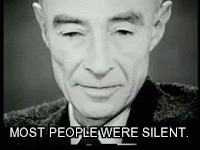Colonialism has existed since ancient times. In the modern period, the concept is most strongly associated with the European and Japanese empires, starting in the 15th century and extending to the mid-1900s. At first, conquest followed policies of mercantilism, aiming to strengthen the home-country economy, so agreements usually restricted the colony to trading only with the metropole (mother country).
The impacts of colonisation are immense and pervasive
Various effects, both immediate and protracted, include the spread of virulent diseases, unequal social relations, detribalization, exploitation, enslavement, medical advances, the creation of new institutions, abolitionism, improved infrastructure, and technological progress.
Colonial practices also spur the spread of conquerers' languages, literature and cultural institutions, while endangering or obliterating those of native peoples. The native cultures of the colonised peoples can also have a powerful influence on the imperial country.
















































